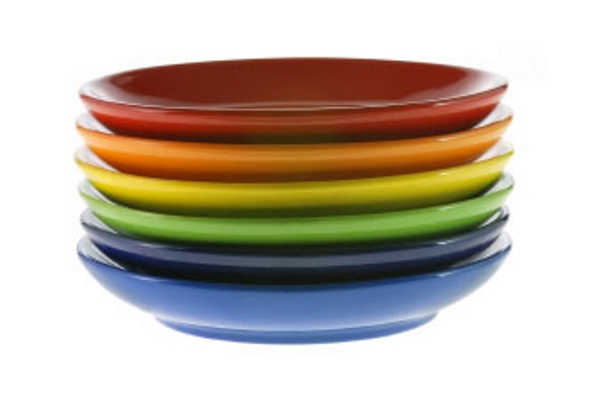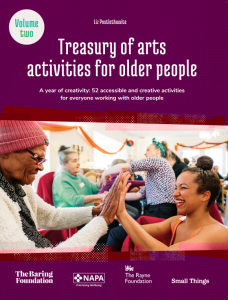No products in the basket.

There has been a lot of evidence collected about the benefits of using coloured crockery for people with dementia. What is less clear is whether it is merely a question of improving the contrast between a plate and its background so that it is easier to see, or whether particular colours actually provide stimulation to eat. Nottingham University Hospitals (NUH), for example, are now using coloured crockery on all their wards, to ‘help improve the nutrition of patients with dementia’.
NUH and Salisbury District Hospital have chosen to use blue, and Cumbria recommend using either a border or entirely blue crockery. The reasoning behind blue is that there is no blue food so you are always guaranteed a contrast. Whilst the King’s Fund Environment Assessment Tool emphasises the relevance of contrast in general, others have had particular success with red. Read about Amber Lodge’s introduction of red crockery in 2011, courtesy of Care Industry News, and here is news of another person’s spectacular results with red crockery, courtesy of Torbay Dementia Action Alliance.
Further information:
How contrasting colour can help people with dementia, courtesy of Alzheimer’s Society
The importance of colour and contrast, courtesy of The Dementia Centre, Stirling
Suppliers of virtually unbreakable coloured tableware: Harfield







